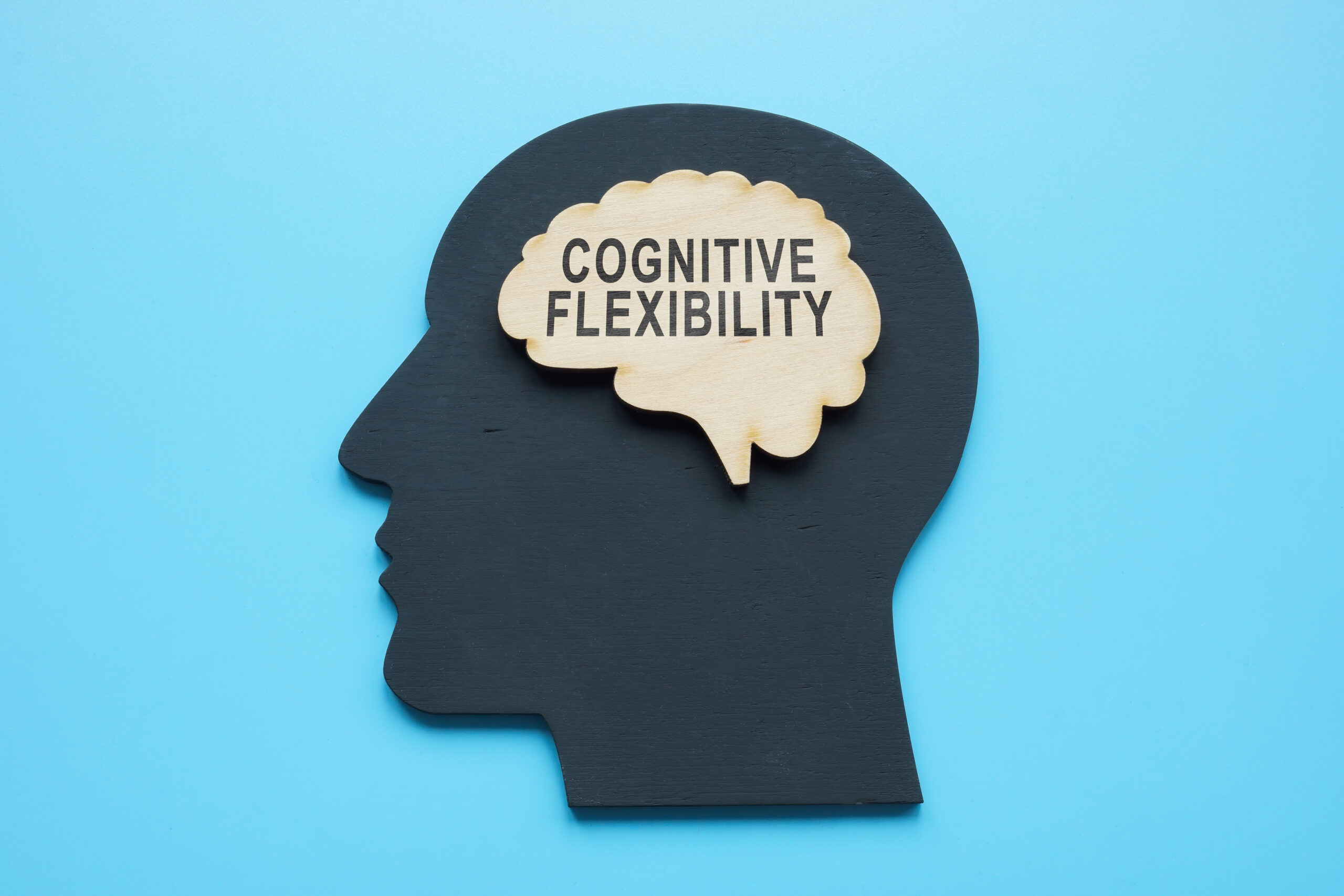Customizable Daily Routine Charts: Enhance Your Life with Personalized Visual Cues
In today’s fast-paced world, it can be challenging to juggle work, family, and personal responsibilities while maintaining a healthy and balanced lifestyle. Customizable daily routine charts provide a practical, visually appealing solution to help individuals stay organized, manage time efficiently, and make the most of their day. By creating personalized charts with visual cues, individuals can more easily tackle daily tasks and routines, fostering a greater sense of accomplishment and overall well-being. These can be extremely useful for anyone with dementia or Alzheimer’s disease.

Why Customizable Daily Routine Charts?
- Personalization: Customizable daily routine charts can be tailored to suit individual needs, preferences, and schedules. This personalization allows for the creation of a unique visual representation of one’s daily tasks and routines, which can lead to increased motivation and commitment.
- Visual cues: The use of visual cues within daily routine charts can help streamline the process of completing tasks and maintaining routines. Visual cues serve as reminders, making it easier to recall and prioritize activities. This can lead to increased efficiency and productivity throughout the day.
- Habit formation: Customizable daily routine charts can facilitate the development of healthy habits by encouraging consistency and repetition. As individuals complete tasks and routines, they can mark them off on their chart, creating a sense of accomplishment and positive reinforcement that can help establish long-lasting habits.
- Time management: By providing a clear overview of daily tasks and routines, customizable daily routine charts can help individuals more effectively manage their time. By allocating specific timeframes for each activity, individuals can better prioritize their responsibilities and allocate appropriate time and resources to complete them.
- Stress reduction: By visually organizing tasks and routines, customizable daily routine charts can help reduce stress and anxiety associated with daily responsibilities. A clear, structured plan allows individuals to focus on one task at a time, reducing the feeling of being overwhelmed and promoting a more balanced lifestyle.
- Accountability: Customizable daily routine charts serve as a physical reminder of daily goals and priorities, promoting a sense of accountability. By tracking progress and checking off completed tasks, individuals can easily monitor their achievements and make necessary adjustments to improve their daily routines.
Creating Your Customizable Daily Routine Chart
Identify your tasks and routines: Begin by listing all of your daily tasks and routines, including work, personal, and family-related responsibilities. Consider your goals, priorities, and time-sensitive activities to ensure your chart is comprehensive and reflects your unique needs.
Organize by categories: Group your tasks and routines into categories such as work, family, self-care, and household chores. This will help you create a visually organized chart that’s easy to understand and follow.
Determine time allocation: Assign specific timeframes to each task or routine to ensure you have a realistic plan for completing them. Consider the amount of time each activity requires and any time-sensitive factors that may impact your schedule.
Choose visual cues: Select visual cues such as icons, symbols, or colors to represent different tasks and routines. These cues will help you quickly identify and recall your daily responsibilities, making it easier to stay on track and focused throughout the day.
Design your chart: Once you have organized your tasks, routines, and visual cues, create a visually appealing chart using a digital tool or traditional pen and paper. Choose a layout that works best for you, such as a daily, weekly, or monthly view, and incorporate your chosen visual cues.
Display your chart: Place your customizable daily routine chart in a prominent location where you will see it frequently, such as your workspace, refrigerator, or bedroom wall. This will serve as a constant reminder of your daily tasks and routines, encouraging you to stay accountable and focused.
Update and adjust: Regularly review and update your chart to ensure it remains relevant and effective. As your priorities and schedules evolve, adjust your chart accordingly to maintain a sense of balance and productivity in your daily life.




